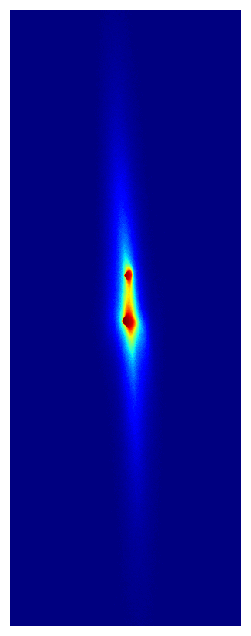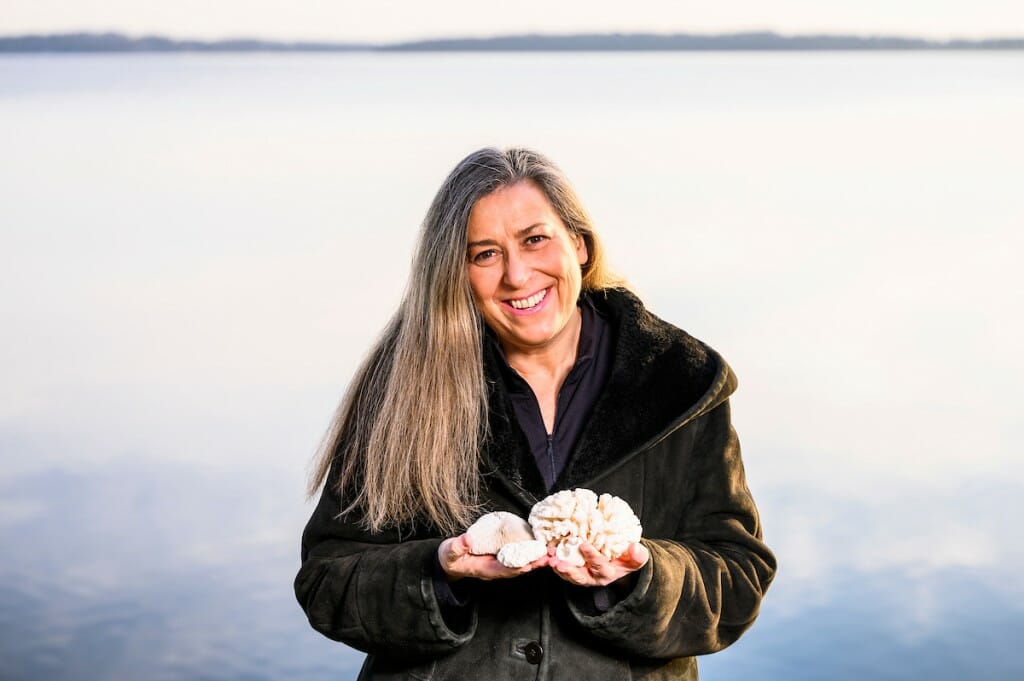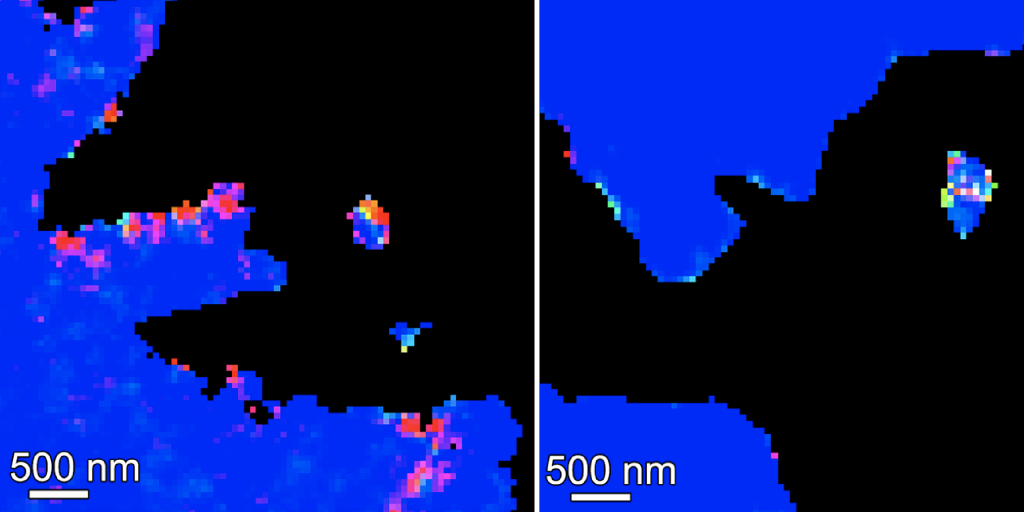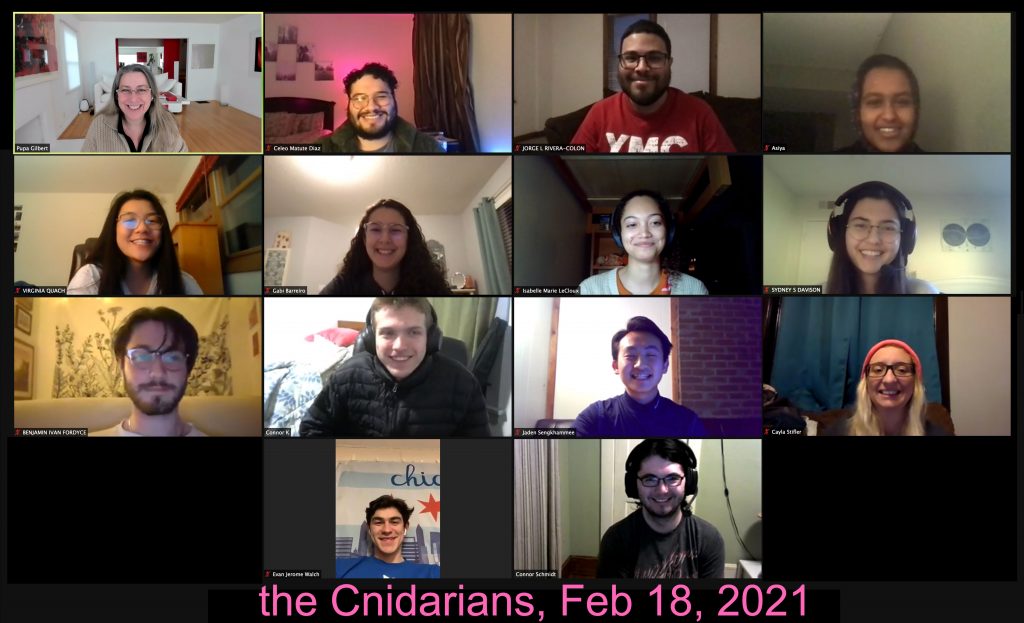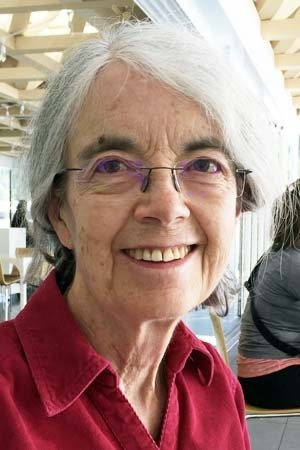
Bernice Durand, Professor Emerita and one of the first two female professors in the UW–Madison Department of Physics, passed away February 7.
Durand was a theoretical physicist who specialized in particle theory and mathematical physics. Her research was on symmetry relations in algebra and physics, plus the phenomenology of high-energy interactions at large particle accelerators. She earned her BS and PhD degrees in physics from Iowa State University. In 1970, she started at UW–Madison as a research associate and lecturer and joined the faculty in 1977, where she directed nine PhD and three MS students.
As the first Associate Vice Chancellor for Diversity & Climate, Professor Durand provided leadership to ensure that faculty, staff, and student diversity issues including race, ethnicity, gender, sexual preference, and classroom and general campus workplace climate issues be addressed, and that search committees for non-classified staff be trained in broadening the pool of applicants and eliminating implicit bias. Durand co-directed a grant from the Alfred P. Sloan Foundation to the UW System designed to create more equity, flexibility and career options for faculty and academic staff. She was also a member of the leadership team of the Women in Science and Engineering Leadership Institute sponsored by the National Science Foundation to increase the participation and status of women in science.
A recipient of the Chancellor’s Award for Outstanding Teaching, Professor Durand taught courses at all levels, from modern physics for non-scientists (“Physics for Poets”) to a specialized course she developed for advanced graduate students in the use of topology and algebra in quantum field theory. In the mid-1990s, she used technological and pedagogical techniques in her teaching, such as broadcasting her modern physics for non-scientists course on public television with web-based coursework and pioneering one of two early versions of MOOCs (massive open online courses) on campus.
The department announced the annual Bernice Durand Undergraduate Research Scholarship in 2003, which gives preference to students from underrepresented groups in Physics and Astronomy who show research potential, motivation, and interest in the discipline. In 2018, the department’s Board of Visitors sought to create an endowed faculty fund in honor of Durand. Thanks to generous support from several Board of Visitors members and Bernice’s husband, Professor Emeritus Randy Durand, the Bernice Durand Faculty Fellowship was established in 2021. The Department plans to use the Durand Faculty Fellowship to support a professor in the department who will expand efforts to create a more diversified faculty.
Bernice is survived by her husband, Loyal Durand, also a UW–Madison Professor Emeritus of Physics; by stepsons Travis, Tim, and Chris Durand, whom she helped to raise from early ages; and by five nieces and nephews.
Read the Wisconsin State Journal’s Obituary
Visit the Department Tribute Page
